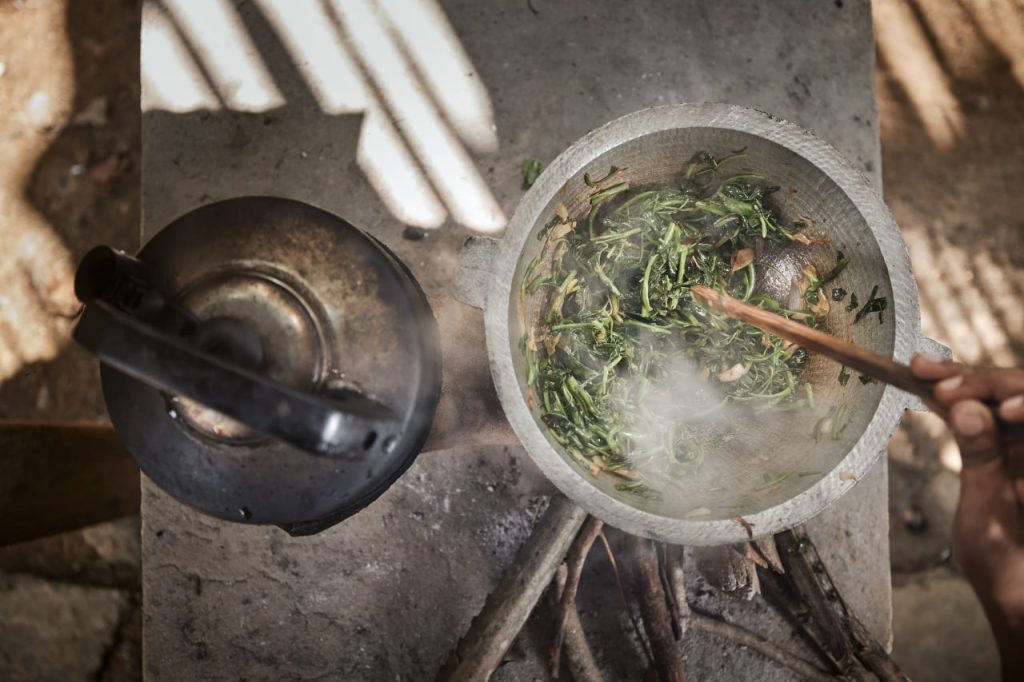Wild berries are among the most exciting and rewarding finds in nature. From blackberries to elderberries, foraging for wild berries offers an opportunity to discover fresh, flavorful, and nutrient-rich ingredients for your kitchen. In this article, we’ll explore the best wild berries to forage, their uses, and how to incorporate them into your culinary creations.
Popular Wild Berries to Forage:
- Blackberries: One of the most common and widely loved wild berries, blackberries are sweet, juicy, and packed with antioxidants. They’re perfect for desserts, jams, and even savory dishes like salads or sauces. When foraging, make sure to choose berries that are deep black and fully ripe for the best flavor.
- Elderberries: Elderberries are known for their high vitamin C content and immune-boosting properties. However, they should never be eaten raw, as they can be toxic in their raw form. After cooking, elderberries can be used in syrups, jams, wines, or even as an addition to baked goods for a unique flavor.
- Raspberries: Wild raspberries are slightly smaller and more delicate than cultivated varieties but have a tart, aromatic flavor that’s perfect for adding to desserts, smoothies, or yogurt. They’re also great for making fresh jam or preserves.
- Huckleberries: Huckleberries are similar to blueberries, but they have a more intense flavor. They are ideal for pies, muffins, or simply eaten fresh as a sweet, juicy snack. Huckleberries thrive in mountainous regions, so be on the lookout in those areas.
- Strawberries (Wild Varieties): Wild strawberries are smaller and more flavorful than their cultivated counterparts. These berries are incredibly sweet and can be eaten raw, added to salads, or used in desserts like tarts, cakes, or jams.
How to Use Wild Berries in Cooking:
- Desserts: Wild berries are perfect for making jams, jellies, and pies. A wild berry compote also makes an excellent topping for pancakes, yogurt, or ice cream.
- Beverages: Wild berries can be used to create homemade syrups, which can then be added to water, soda, or cocktails for a refreshing, fruity twist. You can also infuse berries into liquors like vodka or gin for a delicious, homemade liqueur.
- Smoothies and Salads: For a nutritious and refreshing treat, blend wild berries into your smoothies or sprinkle them on top of your salad. They’ll add a burst of sweetness and color to your dishes.
Foraging Tips for Wild Berries:
- Check for Ripeness: Wild berries should be fully ripe before picking. Unripe berries may not have reached their full flavor and can be bitter or sour.
- Look for Wild Berry Patches: Wild berries tend to grow in areas like woods, meadows, and along roadsides. Keep your eyes peeled for patches of berries when hiking or walking through natural areas.
- Proper Identification: It’s crucial to correctly identify wild berries before picking them. Some berries are toxic, so always make sure you know what you’re foraging. Use a reliable field guide or consult with an experienced forager to be safe.
Foraging for wild berries is an enjoyable and rewarding way to connect with nature while creating delicious, homemade treats. Whether you’re making jams, pies, or smoothies, the possibilities are endless when it comes to using these sweet and nutritious gifts from the wild.

